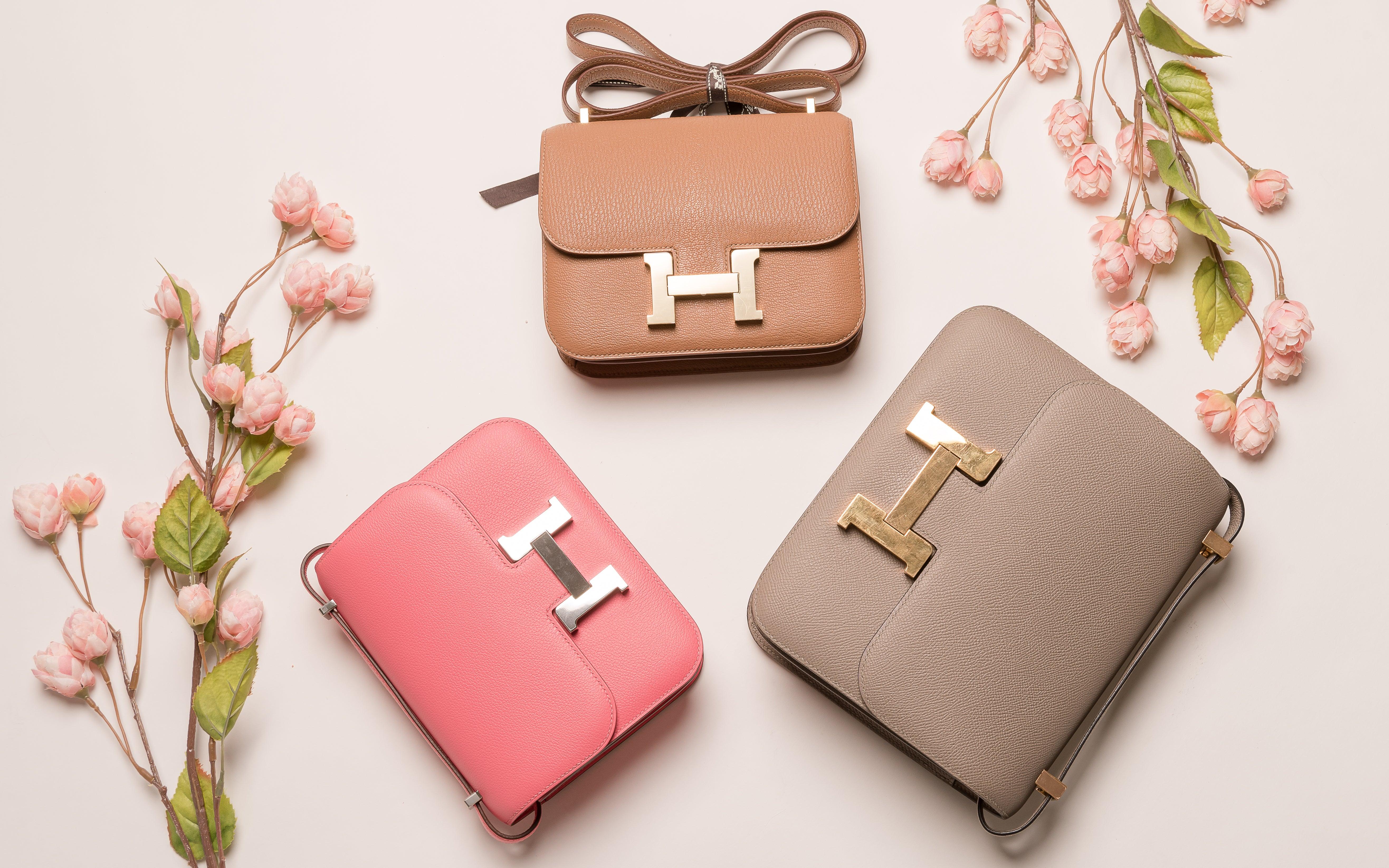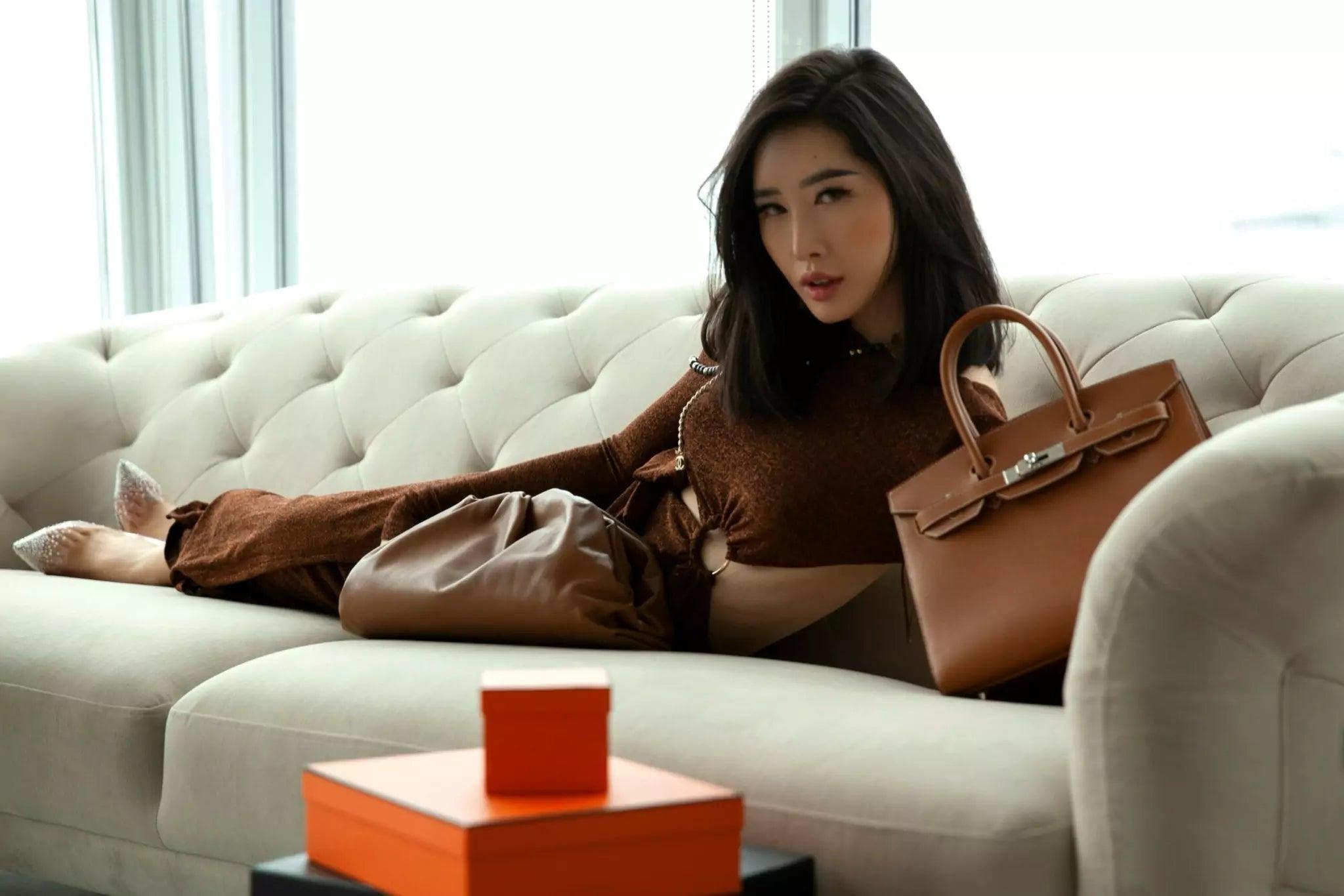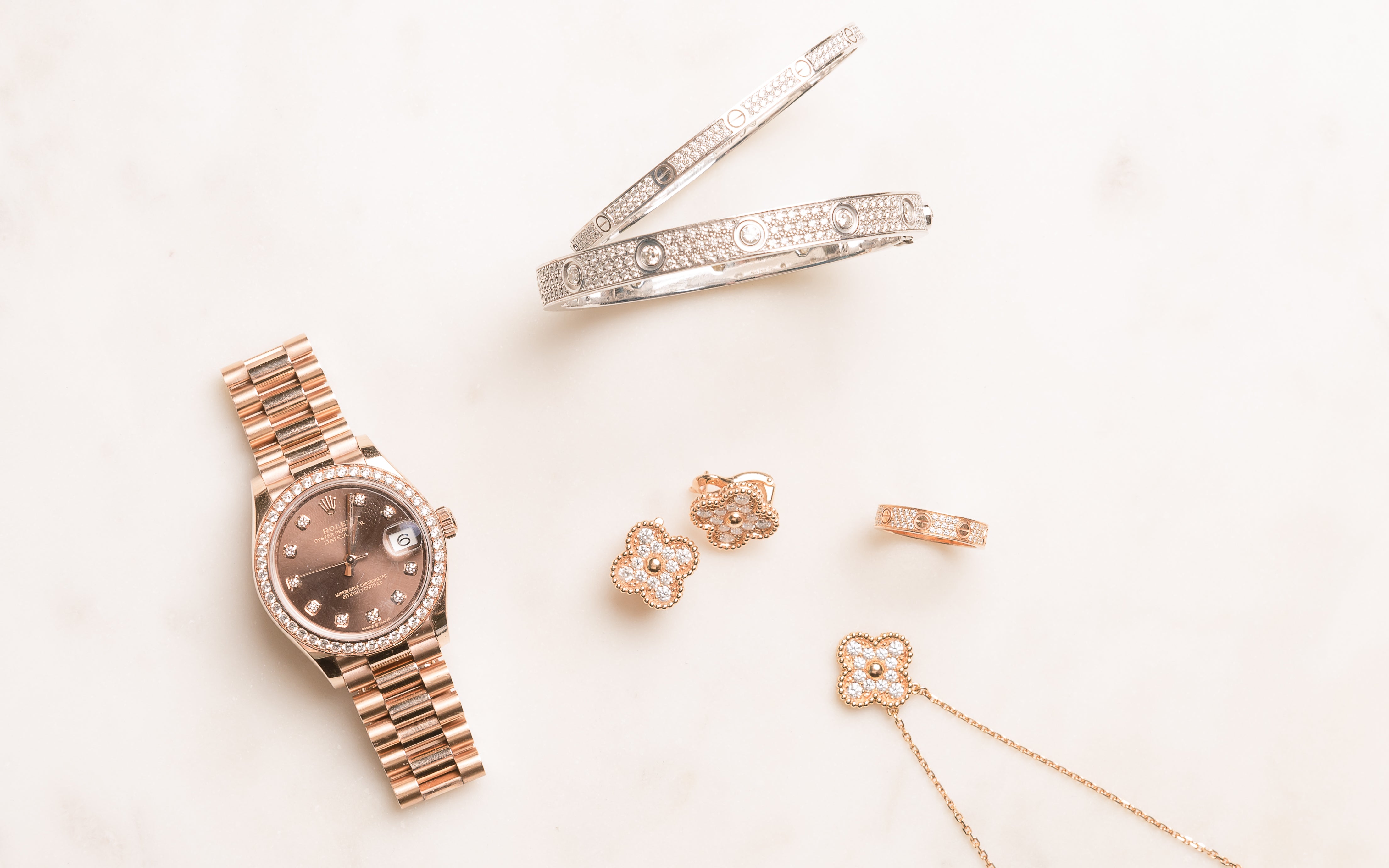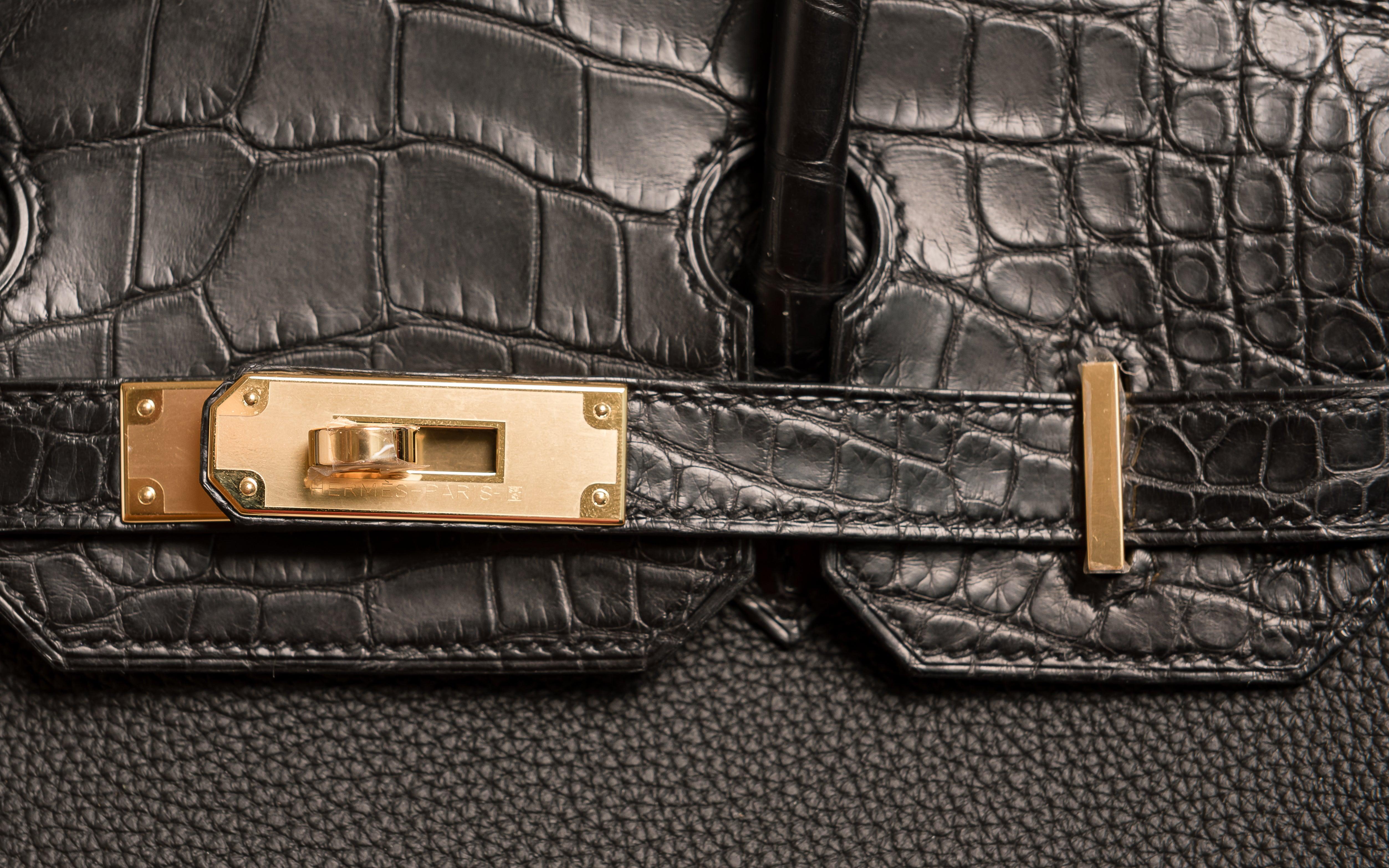Top 9 Red Flags for Identifying Counterfeit Designer Bags: Expert Guide to Spotting Fakes

Designer handbags are coveted accessories, but the market is flooded with fakes. Spotting counterfeit bags can be tricky, as some replicas are very convincing. Many shoppers want to avoid being duped into buying fake luxury goods.

Knowing how to spot fake designer bags can save you money and frustration. There are several key things to look for when examining a purse to determine if it's genuine. By learning these red flags, you can shop with confidence and ensure you're getting an authentic designer bag.
1) Inconsistent Logo Font

The logo is a key element in spotting fake designer bags. Authentic luxury brands pay close attention to their logos, using specific fonts and styles.
Counterfeiters often make mistakes with logo fonts. They might use slightly different letter shapes or thicknesses. The spacing between letters can also be off.
Look for variations in letter shapes, thickness, and proportions. If the font style seems odd or inconsistent, it may not be genuine.
Authentic bags have precise logo placement. Luxury brands follow strict guidelines for where logos appear on their products. A misplaced logo can indicate a fake.
Examine every aspect of the logo's design. Check its size and location on the bag. Real designer bags will have consistent and exact logo placement.
Pay attention to the quality of the logo printing or embossing. Authentic logos are crisp and clear. Fake bags may have blurry or poorly defined logos.
2) Misspelled Brand Name
Checking the spelling of the brand name is a key step in spotting fake designer bags. Authentic luxury brands take great care to ensure their names are always spelled correctly.
Counterfeiters often make spelling mistakes when trying to copy designer logos. These errors can be subtle, like swapping two letters or using a similar-looking letter.
Common misspellings include "Guchi" instead of "Gucci" or "Lois Vuitton" instead of "Louis Vuitton". Even a single letter out of place is a clear sign of a fake.
It's important to examine all text on the bag, not just the main logo. Check tags, labels, and any printed information inside the bag for spelling errors.
Some counterfeiters deliberately misspell brand names to avoid legal issues. They might use names that sound similar but are spelled differently, like "Prado" instead of "Prada".
Buyers should always double-check the spelling of brand names when shopping for luxury bags. A misspelled name is a strong indicator that the item is not authentic.
3) Poor Stitching Quality
Stitching is a key indicator of a bag's authenticity. Genuine designer handbags have neat, even stitches throughout.
Counterfeit bags often show sloppy or uneven stitching. Look for loose threads, crooked lines, or inconsistent stitch lengths.
Impeccable stitching is a hallmark of authentic designer bags. Each stitch should be straight, aligned, and evenly spaced.
Examine the edges and seams closely. High-end brands take pride in their craftsmanship, so any signs of poor stitching quality are red flags.
Be wary of loose or fraying threads. These are rarely found on genuine luxury items due to strict quality control measures.
Check for consistency in thread color and thickness. Authentic bags use matching threads throughout, while fakes may have variations.
Pay attention to stitch density. Genuine designer bags typically have more stitches per inch, creating a durable and polished finish.
4) Off-Color Lining
The lining of a designer bag can reveal a lot about its authenticity. Genuine luxury handbags have linings that match the brand's standards perfectly.
Counterfeiters often make mistakes with the color of the lining. They might use a shade that's slightly off or a completely different color than what the authentic bag would have.
For example, Prada bags always have linings that match their exteriors. A contrasting lining color in a supposed Prada bag is a clear sign of a fake.
Some brands use specific colors for their linings. A fake might use a generic color instead of the brand's signature shade.
The lining should also be made of high-quality material. Cheap-feeling or crunchy linings are red flags for counterfeit bags.
Buyers should familiarize themselves with the typical lining colors and materials used by their favorite brands. This knowledge helps spot inconsistencies in potential fake bags.
5) Incorrect Hardware
The hardware on a designer bag can reveal if it's genuine or fake. Authentic bags use high-quality metals that feel substantial and look polished.
Counterfeit bags often have lightweight or flimsy hardware. The metal may feel cheap or have a dull appearance. Look for smooth, even finishes on zippers, clasps, and other metal parts.
Check that the color of the hardware matches the bag's design. For example, Chanel hardware should align with the logo color inside the bag. Mismatched colors can signal a fake.
Examine the engraving on metal pieces. Authentic designer bags have crisp, clear engravings. Fake bags may have blurry or shallow text.
Pay attention to how the hardware functions. Zippers on real bags should glide smoothly. Clasps and locks should close securely without sticking or feeling loose.
Compare the hardware to official brand images if possible. The size, shape, and placement should match exactly on an authentic bag.
6) Low-Quality Leather
Real designer bags use top-grade leather that feels smooth and supple. Fake bags often have leather that feels stiff, plasticky, or rough.
Authentic leather has a distinct smell. Counterfeit bags may have a strong chemical odor or no scent at all.
The grain pattern on genuine leather is irregular and natural-looking. Fake bags might have a uniform or printed grain that looks too perfect.
High-end bags use leather that's evenly dyed. Fake bags may have uneven coloring or dye that rubs off easily.
Authentic leather ages gracefully, developing a patina over time. Low-quality leather on fake bags tends to crack, peel, or wear out quickly.
Buyers should feel the weight of the item and the texture of the material. Genuine leather has a distinct heaviness and feel that's hard to replicate in counterfeits.
When in doubt, consumers can ask for close-up photos of the leather or inspect the bag in person before making a purchase.
7) Unusual Price Drop
A significant price drop is a major warning sign when shopping for designer bags. Authentic luxury handbags rarely see massive discounts, especially on current season items.
Legitimate retailers typically offer small markdowns during specific sale periods. If a bag's price seems too good to be true, it probably is. Counterfeiters often lure buyers with unrealistically low prices.
Hermès Birkin bags are known for their high price tags, starting at $10,000 or more. Any Birkin priced well below this range should raise suspicion.
Shoppers should be wary of online listings or street vendors offering designer bags at steep discounts. These deals often indicate counterfeit merchandise.
It's wise to compare prices across authorized retailers. If one seller's price is significantly lower than others, this could signal a fake product.
Buyers should remember that luxury brands maintain their value through controlled pricing. An unusually low price often means compromised quality or authenticity.
8) Inaccurate Serial Numbers
Designer bags often have unique serial numbers. These numbers help verify the bag's authenticity. Counterfeiters sometimes make mistakes with these numbers.
Authentic bags have specific number formats. Each brand uses its own system. For example, Chanel bags feature a serial number tag sewn into the interior lining.
The placement of serial numbers matters too. Real bags have them in consistent locations. Fake bags might put them in the wrong spot.
Some counterfeiters use random numbers. Others copy numbers from real bags. This can lead to duplicate serial numbers across multiple fake bags.
Buyers should research the correct format for their chosen brand. They can then check if the bag's serial number matches this format.
Many brands also have online tools to verify serial numbers. These can help spot fakes quickly.
Remember that very old designer bags might not have serial numbers. It's important to know when brands started using them.
9) Cheap Packaging
Designer bags come in high-quality packaging that reflects the brand's luxury status. Authentic bags are wrapped in protective materials like soft cloth or tissue paper.
The boxes for genuine designer bags are sturdy and made of thick cardboard. They often have the brand logo embossed or printed in crisp, clear detail.
Counterfeit bags may come in flimsy boxes or cheap plastic bags. The packaging might have blurry or misspelled logos, a clear sign of a fake.
Authentic bags include care cards, authenticity cards, and dust bags made of quality fabric. These items have precise printing and stitching.
Fake bags may lack these extras or have poorly made versions. The dust bags might be thin or have sloppy stitching.
Some counterfeiters skip packaging altogether, shipping bags in plain boxes or envelopes. This is a red flag, as luxury brands take pride in their presentation.
Buyers should be wary of bags that arrive in packaging that doesn't match the brand's usual standards. Quality packaging is part of the luxury experience authentic designer brands provide.
Common Indicators of Fake Designer Bags
Spotting counterfeit designer bags requires attention to detail. Key areas to examine include materials, construction, and branding elements.
Quality of Materials
Authentic designer bags use high-quality materials. Genuine leather feels soft and supple, not stiff or plastic-like. Real leather has a distinct smell, while fake leather often has a strong chemical odor.
The hardware on authentic bags is typically made of solid metal. It should feel weighty and substantial. Fake bags often use lightweight, hollow metal or plastic hardware that feels flimsy.
Authentic bags have smooth, even zippers that glide easily. Counterfeit zippers may stick or feel rough when zipping.
Stitching and Construction
Stitching on genuine designer bags is precise and even. Look for straight lines and consistent stitch length. Authentic bags rarely have loose threads or sloppy stitching.
The shape and structure of the bag should be symmetrical and well-balanced. Fake bags may have uneven or misshapen areas.
Interior linings in authentic bags are usually made of high-quality fabrics that match the brand's standards. Counterfeit bags often use cheap, flimsy linings.
Brand Logos and Labels
Authentic logos are crisp, clear, and properly aligned. Counterfeit logos may be blurry, misaligned, or have incorrect fonts.
Check the placement of logos and labels. Authentic brands have specific locations for their markings. Fakes often place logos in the wrong spots.
Examine any metal engravings or stamps. Real designer bags have clean, sharp engravings. Fake bags may have shallow or sloppy stamping.
Interior tags should have neat stitching and correct font. Counterfeit bags often have tags with poor stitching or wrong typefaces.
Authentication Techniques
Spotting fake designer bags requires knowing key details. Two important elements are serial numbers and authentication documents.
Serial Numbers and Date Codes
Serial numbers and date codes are crucial for verifying a bag's authenticity. Most luxury brands use unique codes to track production.
These codes often include letters and numbers. They may show the factory, production date, and batch number. Each brand has its own format.
For example, Louis Vuitton uses date codes. These tell where and when the bag was made. Chanel uses serial numbers starting with 1 to 3 digits.
Check the code's location. It's usually on a leather tag or metal plate inside the bag. Compare it to known authentic codes for that brand and model.
Authentication Certificates and Receipts
Genuine designer bags often come with proof of purchase. This includes certificates of authenticity and receipts.
Certificates have unique features:
- Brand logo
- Product details
- Unique code matching the bag
Receipts should show:
- Store name and location
- Date of purchase
- Item description
- Price
Be wary of sellers who can't provide these documents. Some counterfeiters create fake receipts. Check for correct store details and pricing.
Keep in mind that older bags might not have all these papers. In such cases, other authentication methods become more important.
Comparing Prices and Sources
Price and where you buy from are key factors in spotting fake designer bags. Big discounts and shady sellers often point to counterfeits. Let's look at how to check prices and sellers.
Price Discrepancies
Designer bags are pricey for a reason. Real ones rarely go on deep discount. Be wary of deals that seem too good to be true. They often are.
Compare prices across official brand websites and high-end stores. Prices should be similar. Big gaps are a red flag.
Seasonal sales happen, but huge markdowns are rare. A 20% discount might be real. An 80% discount is likely fake.
Some fakes cost almost as much as real bags. Don't assume high price means it's real. Check other factors too.
Authorized Retailers vs. Unverified Sellers
Buy from authorized retailers to be safe. These are official brand stores and select high-end shops.
Check the brand's website for a list of approved sellers. Buying elsewhere raises your risk of getting a fake.
Be careful with online marketplaces. Many sell fakes mixed with real items. Check seller ratings and reviews closely.
Avoid street vendors or pop-up shops selling designer bags. These are often not legit sources.
If a deal seems fishy, walk away. It's better to pay full price for real than get tricked by a fake.



